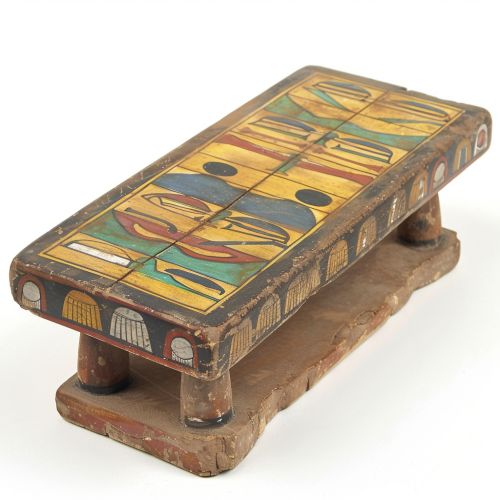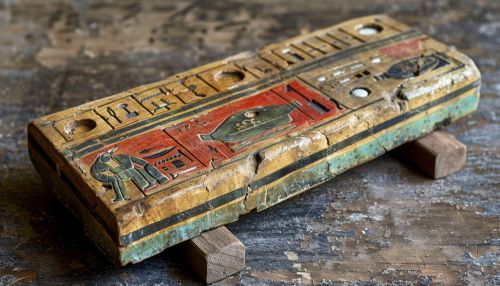Senet
History
Senet is one of the oldest known board games, with its origins dating back to predynastic and early dynastic periods in ancient Egypt. The earliest representations of Senet are found in tomb decorations dating from around 3100 BC. The game was played by people of all social classes, from the simple citizens to the pharaohs themselves.


Gameplay
The Senet board consists of 30 squares, arranged in three rows of ten. Each player has a set of pawns; the exact number of pawns varies among different versions of the game. The actual rules of the game are a subject of debate among historians and archaeologists, as the original rules were never definitively recorded. However, by the time of the New Kingdom, certain interpretations suggest the game had acquired a religious connotation and was believed to represent the soul's journey through the underworld.
Cultural Significance
Senet was more than just a game in ancient Egypt. It held significant religious and philosophical connotations. It was seen as a metaphor for the journey of the soul in the afterlife, with the board symbolizing the world and each square representing a specific event or entity in the journey.
Modern Interpretations
Today, Senet is played around the world, with various interpretations of the rules. It has also inspired modern games, such as the 1977 game of Duell. Senet's enduring popularity underscores its significance in the history of board games and its influence on modern game design.
